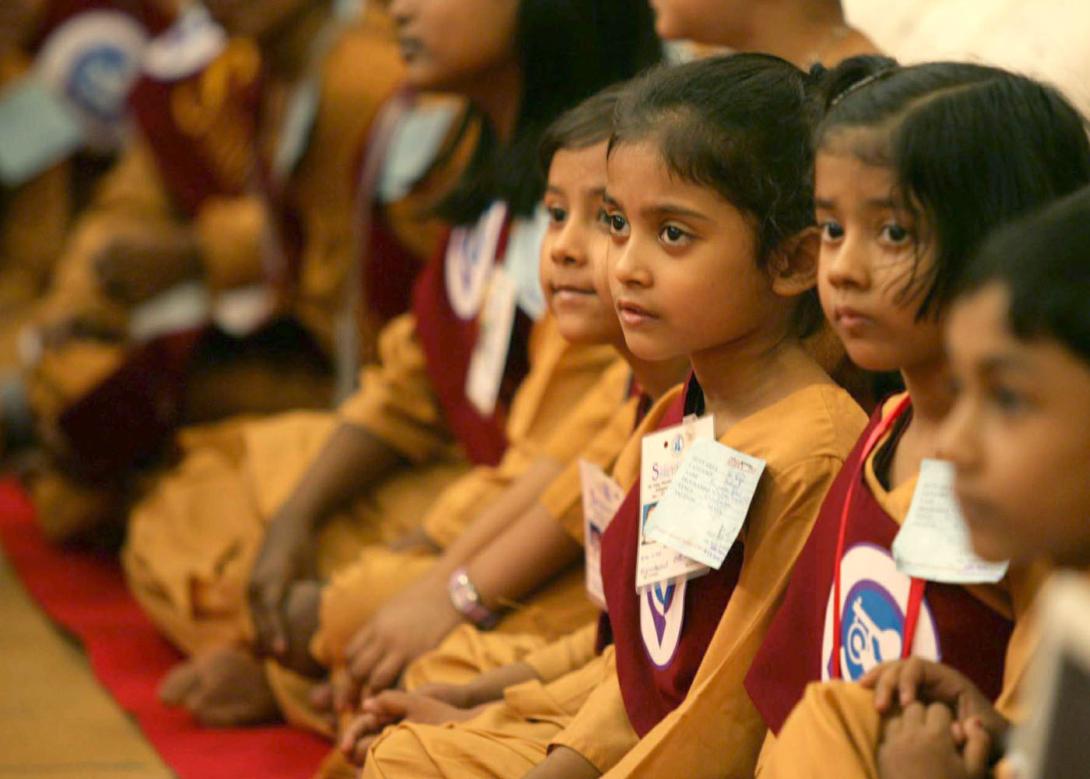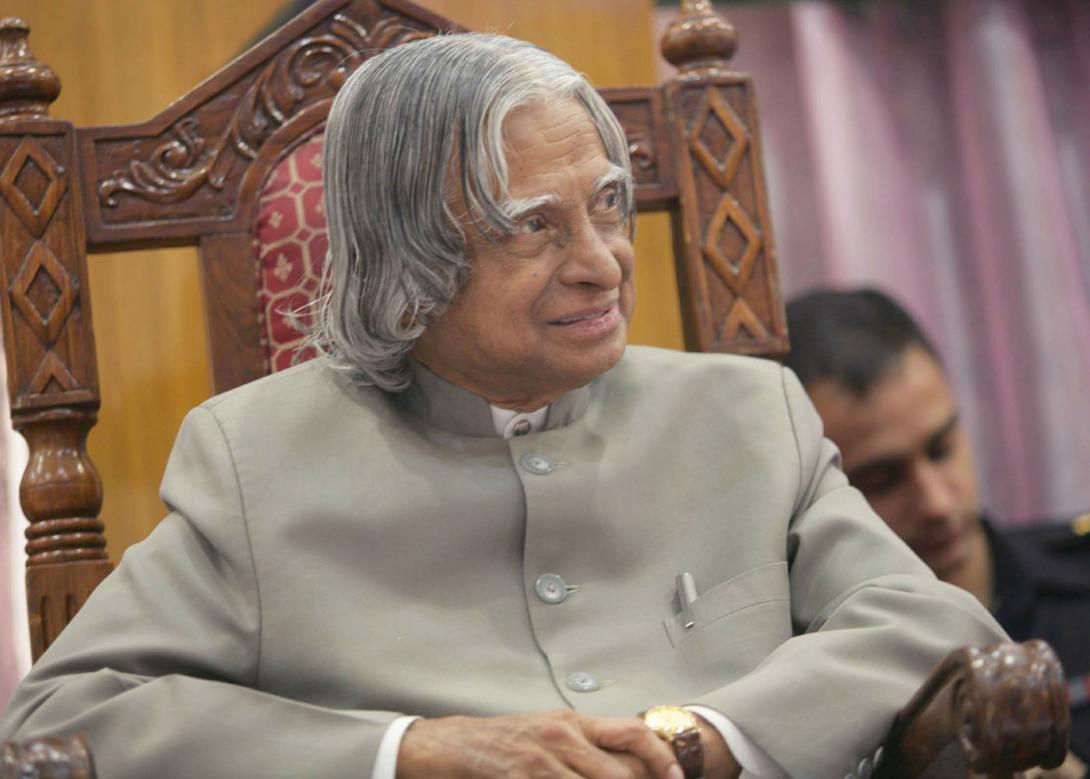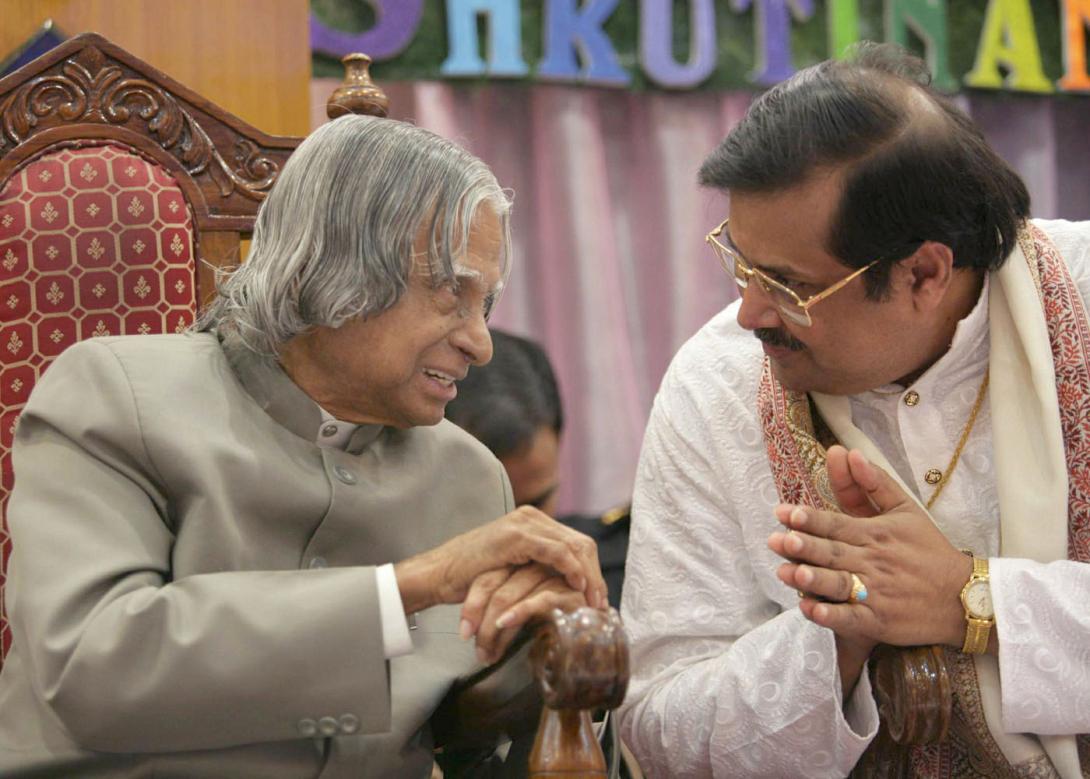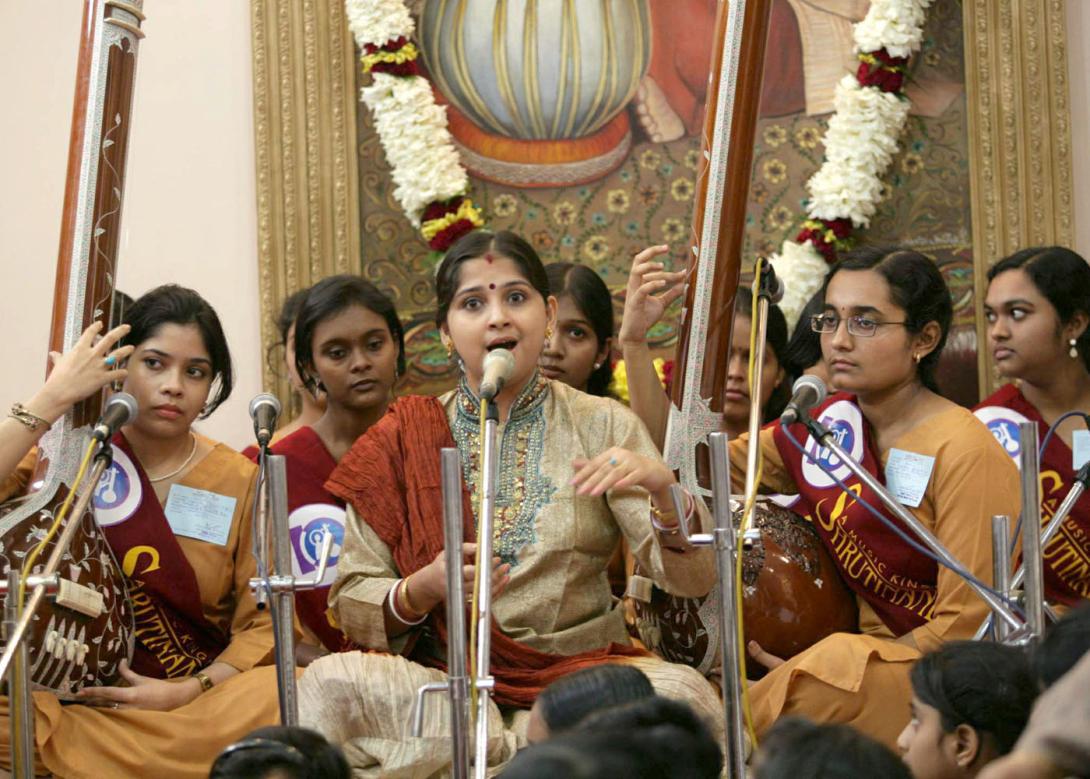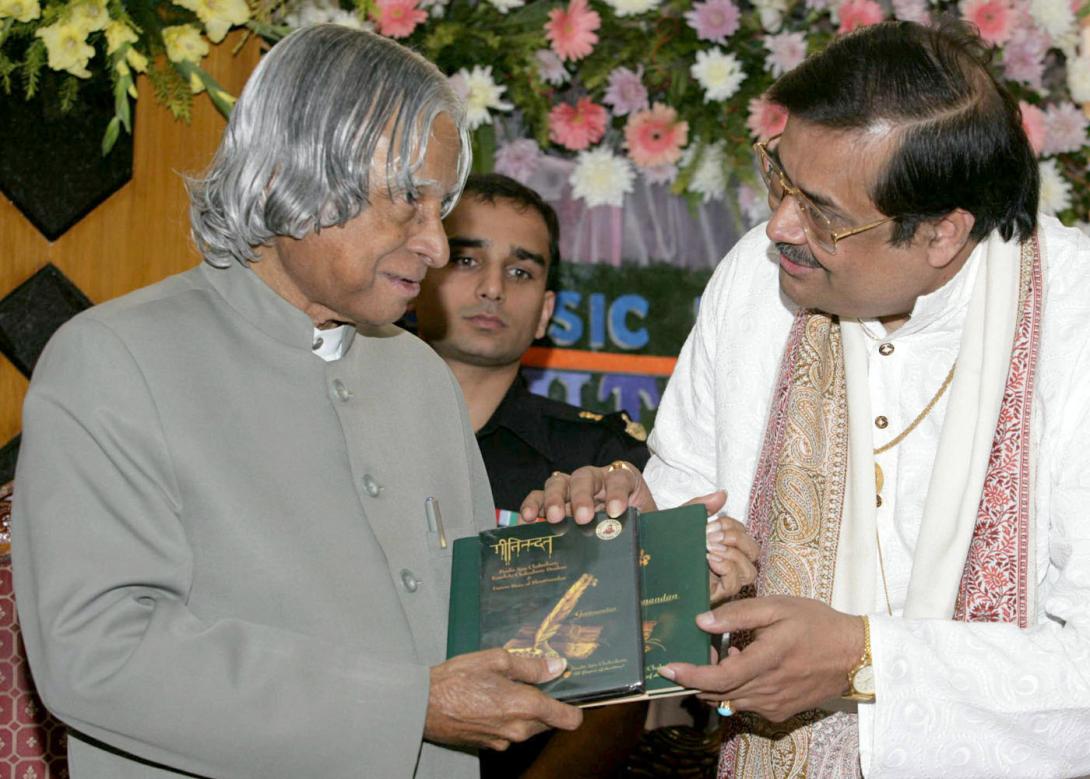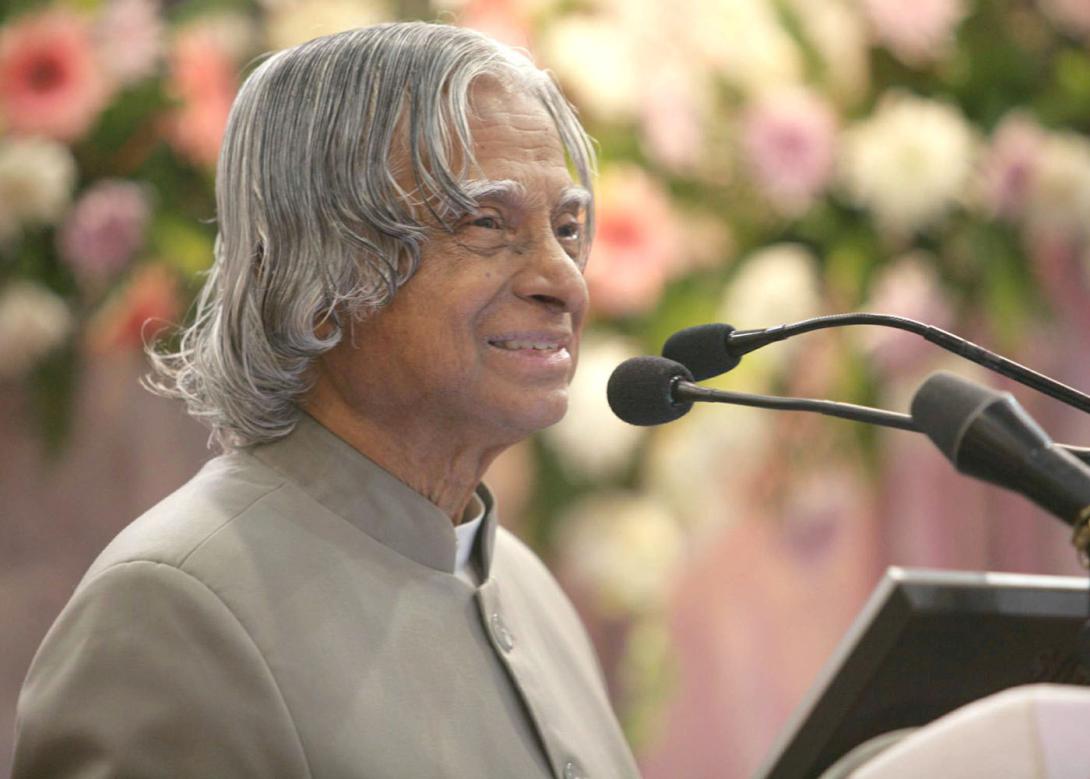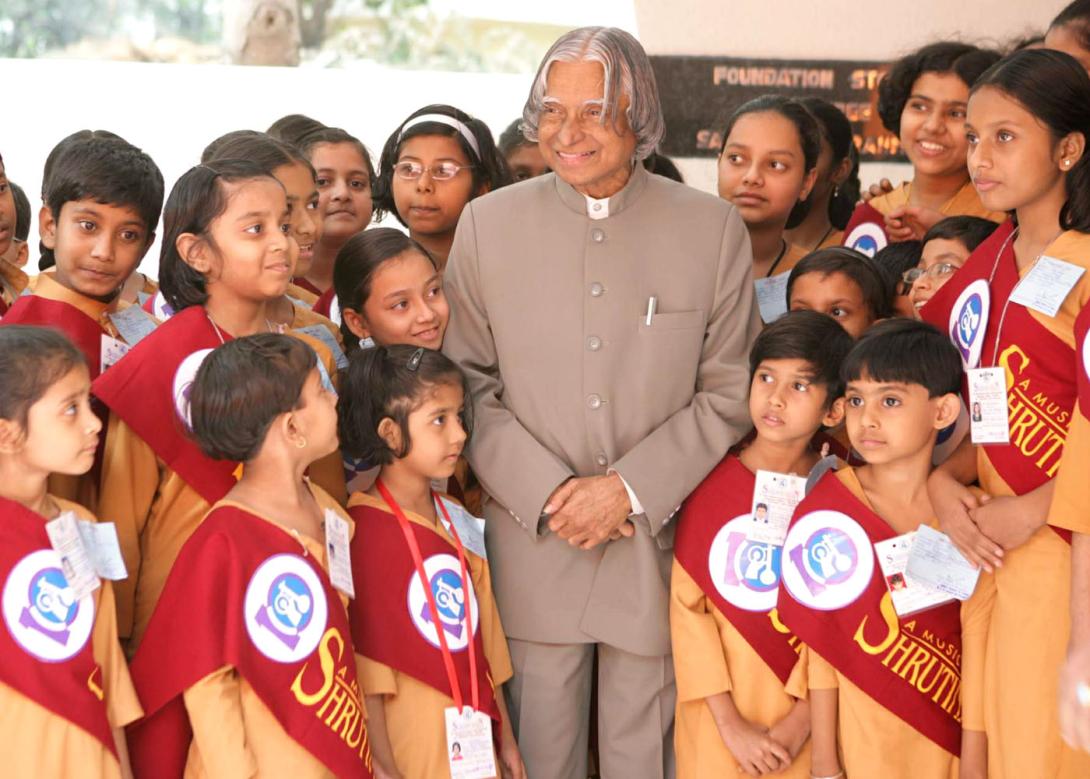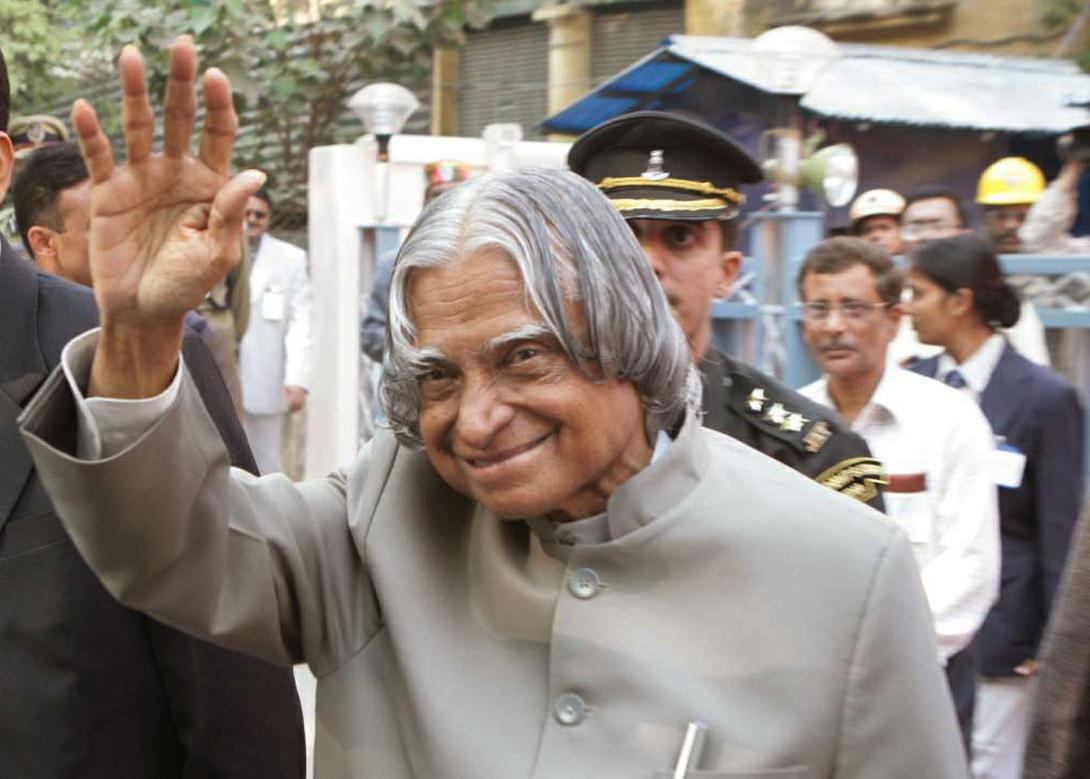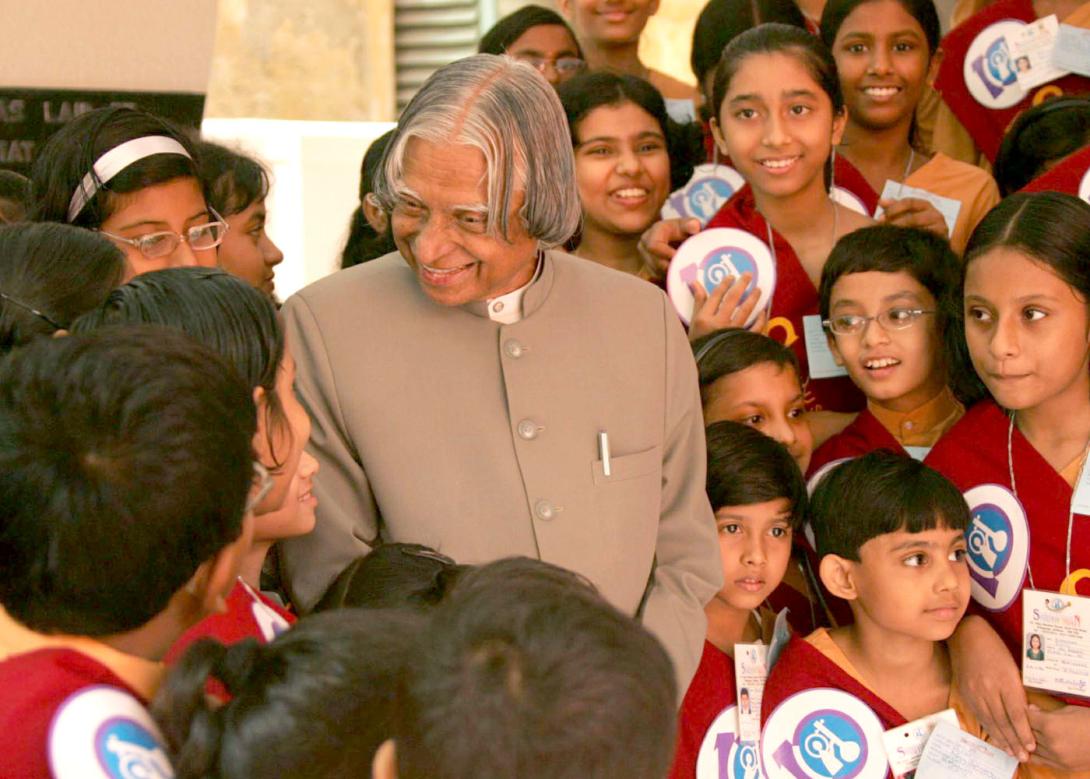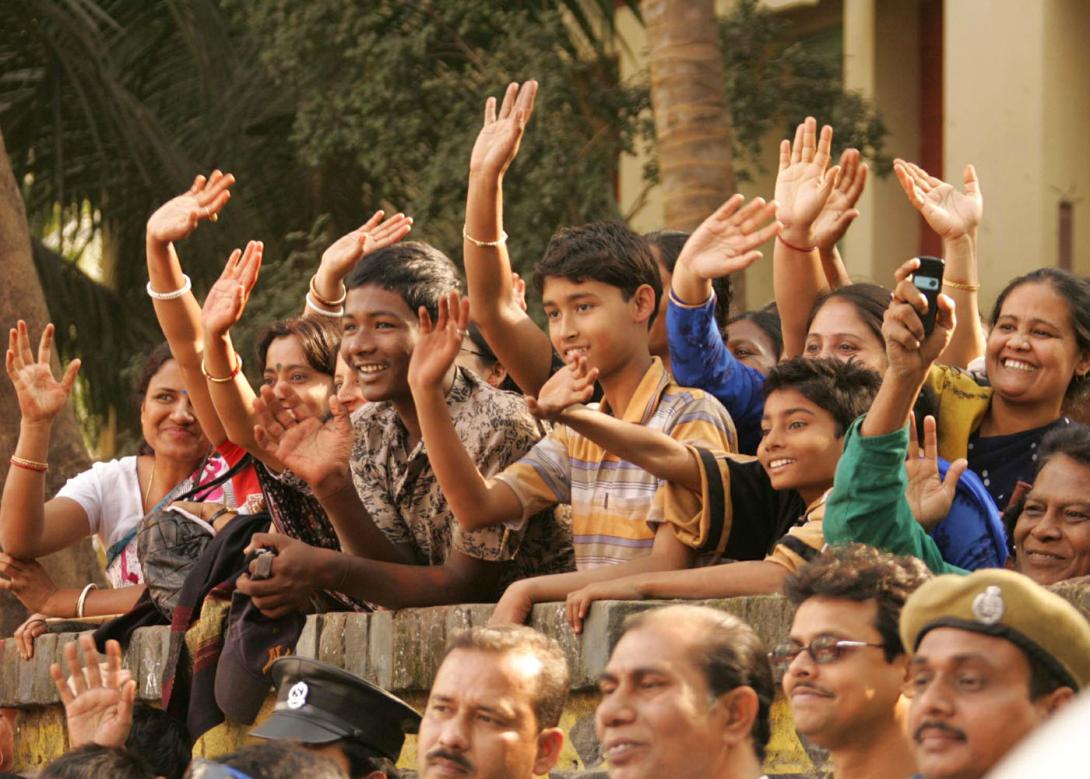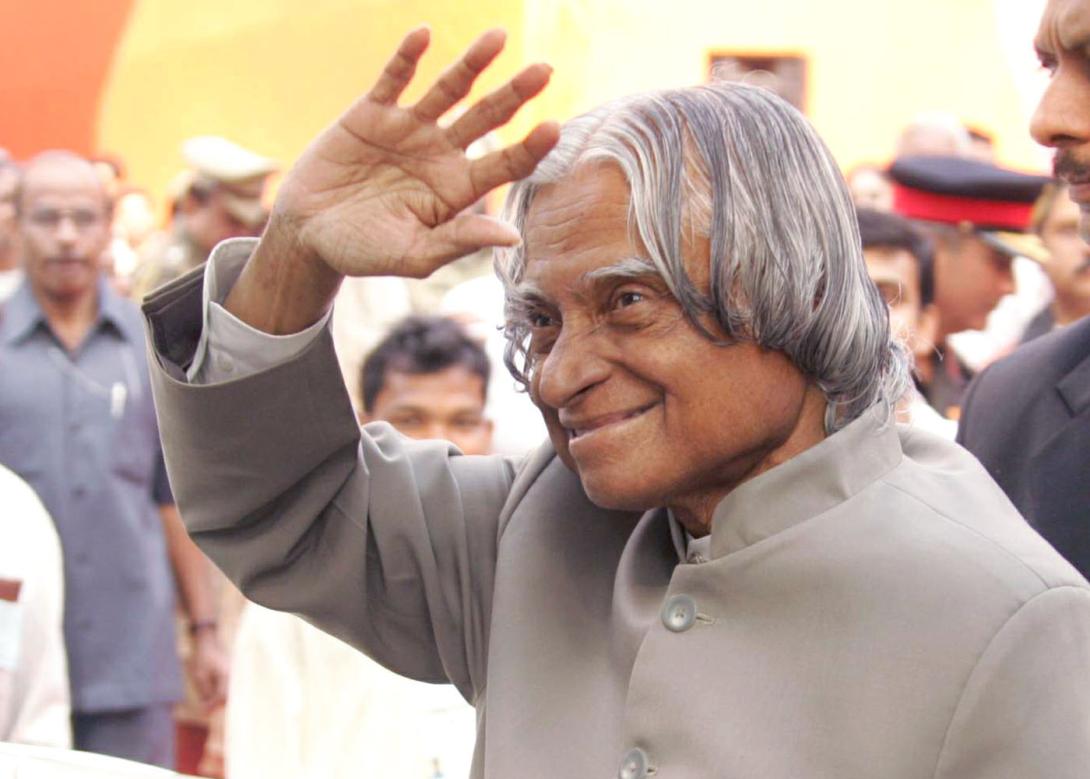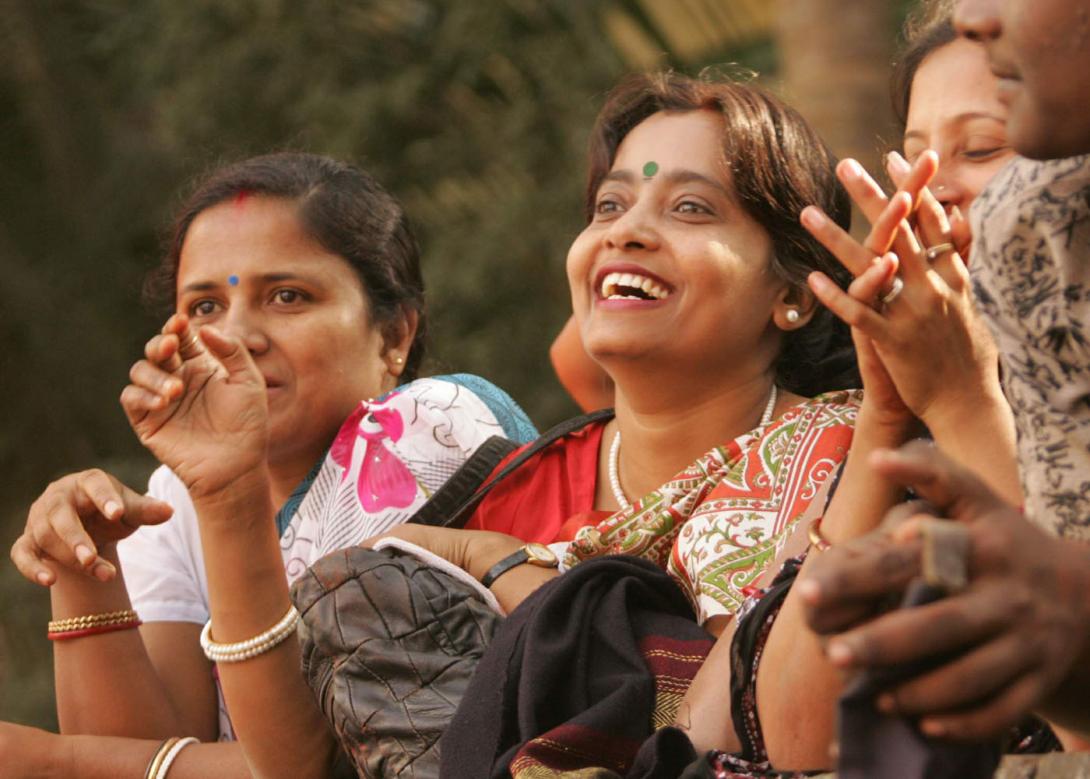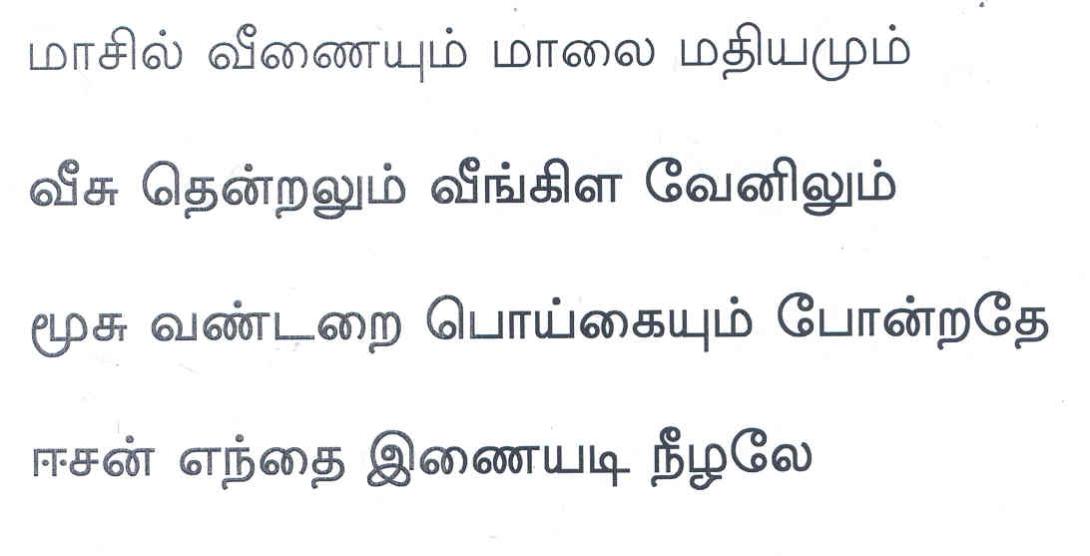Address During the Visit to Shrutinandan, Kolkata
Kolkata : 06-12-2006
Music Creates Good Human Beings
I am delighted to visit Shrutinandan and interact with the students and faculty members at the commencement of their 10th year Celebrations of the institution. My greetings to Shri Ajoy Chakrabarty, music teachers, music lovers and students. I am happy to note that Shrutinandan is promoting, propagating and preserving Carnatic classical, Hindustani classical, Dhumri, Dadra, Bhajans and Geeth to the younger generation of Kolkata. It gives me great pleasure to know that Shri Ajoy Chakrabarty has a mission of creating good human beings through music. This is definitely an important mission for the building of our society with the value system drawn from our civilizational heritage. Music provides the means of realizing this. Rumi?s poem aptly reflects the great mission of the musicians.
Angel is free because of his knowledge,
The beast because of his ignorance,
Between the two remains the son of man to struggle?
How to come out of this human struggle? How to elevate the children of God to angelic state? This can be done only by music.
Influence of Pioneers
Shri Ajoy Chakrabarty has drawn his inspiration from pioneers in classical musicians such as Ustad Abdul Karim Khan, Ustak Baday Gulam Alikhan, Ustad Amir Khan, Pandit Ravi Sankar, Maharajapuram Santhanam, Lalgudi Jayaraman, M.S. Subbulakshmi, Lata Mangeshkar, Kishore Kumar and Dr. Balamuralikrishna. This association has enabled him to understand the depth of Indian classical music and its ability to provide a soothing influence to musician and the listeners. While teaching music Shrutinandan is paying attention to the purity of music through perfect positioning of all the twelve nodes, intermediate frequencies, time management called Laya, importance of the meaning of composition, sense of composing through improvisation. Also, there is an emphasis on teaching pronunciation of Sanskrit, Vedas and Upanishads. I understand that the institute is attracting students from all parts of West Bengal and has over thousand students at present.
Performing Art has no Boundaries
Whenever I visit any State in India or when I go on trips to foreign countries, be it South Africa, Korea, Philippines, Myanmar, Mauritius, I have been noticing that wherever there is music, wherever there is dance, there is no need for any language. We need not follow the exact word; it is simply the rhythm that captivates. The communication is set up automatically and the barriers are broken. I was very happy to see in Singapore that during a performance in ?Singapore India Fine Arts Society? many teams from multiple races also performed Bharatnatyam along with our own children. In spite of having different mother tongues; they were all speaking the same language of dance and music, which united them so easily and seamlessly.
Nurturing the Performing Art
With the advent of the electronic media and its strong hold on the masses, the performing arts have to penetrate through competitive performance. When I was in School, we used to look forward to dramas being enacted in Schools and even outside and through them I can recollect many of our traditional folklores which have got embedded in my mind. Our artists and musicians should make special efforts to encourage the young minds to participate in innovative classical presentation. I recently inaugurated a musical programme Parampara ? the generation next? ? which was a seminar on endangered musical instruments organized by the Madhumurchana, I felt it was a great service being done by the organization to the Indian Culture by preserving and promoting unique art forms.
Music is Borderless
Music unites. What better proof we need than Carnatic music. Its trinity sang their kritis in Telugu and Sanskrit in Tanjore district; Purandaradasa in Kannada. Annamacharya in Telegu. Arunagirinathar in Tamil. But for music lovers, the language never mattered. Music establishments at Travancore in Kerala, Tirupati in Andhra, Thanjavur in Tamil Nadu, Mysore in Karnataka and Rabindra Sangeeth in Bengal; all of them dazzled like gems in a necklace. The thread of music united these beads. I believe that music itself is a great communication, and language can never be a barrier.
Conclusion: Music for Unity of minds
I had the opportunity of listening to great exponents of music. The experience of listening to them leads me to think that whether music can be used as an instrument for ensuring global peace and act as a binding force. In recent years, terrorism is taking a heavy toll of many innocent lives. I was thinking whether there is any alternative solution other than military, economic and judicial approach to end this problem. I am now convinced that one of the important tools in our country could be music for containing terrorism. Fortunately, we have a rich civilizational heritage of 5000 years blending literature, music, dance and dramatics. I would recommend that music could become part of our curriculum in the primary and secondary schools.
The other day I was reading Appar?s Thevaram. In one hymn the Saint says:
Meaning, the feet of Lord is comparable among other things, to faultless rendering in musical veena. Music is a great motivator. This was practiced profoundly by freedom fighters like Bharatiyar and Rabindra Nath Tagore to inspire the people to participate challenging missions. Bharatiyar sang that India had already attained freedom in 1910 and ?Jana Gana Mana? composed by Nobel laureate Rabindra Nath Tagore was first sung in 1911. Such motivation is required for our youth today for taking up the mission of transforming India into a developed nation before 2020.
I am happy that Shrutinandan will be completing ten years of service to music. I wish you many more decades of service to pure music. My best wishes to all the members of Shrutinandan in their mission of creating good human beings through early inculcation of interest in music.
May God bless you all.

